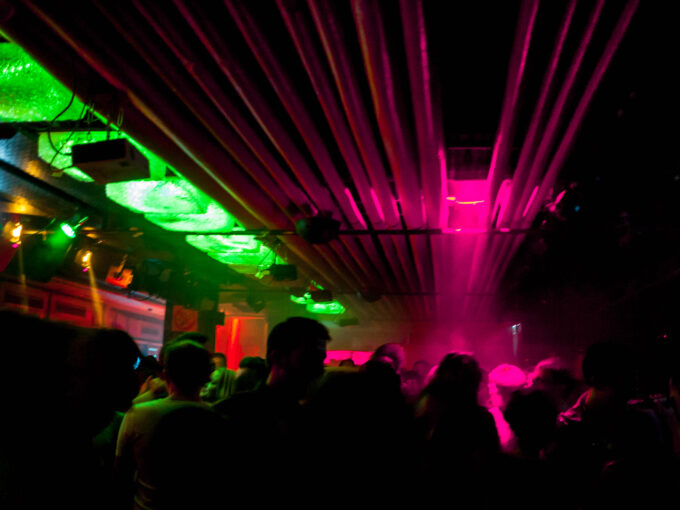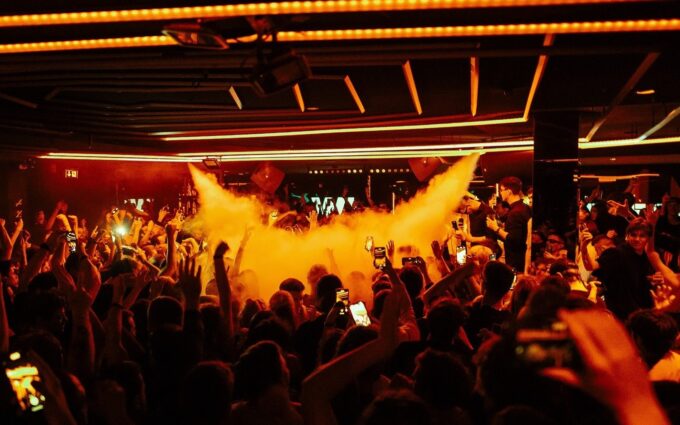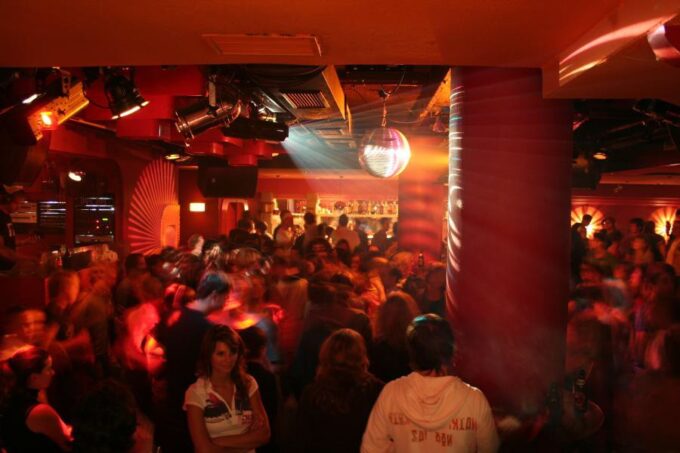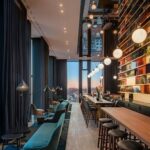Munich might be best known for Oktoberfest, brass bands, and beer halls, but beneath the surface lies a remarkably different nightlife culture—gritty, inventive, and defiantly non-commercial.
The city’s underground party scene has matured over the decades into something dynamic and self-sustaining. Think hidden basements, old factories repurposed into sound temples, and roaming collectives organizing secret raves in abandoned spaces.
This guide offers a comprehensive look into that world: where it started, how it operates, and how to access it without being an outsider.
Where It All Started: From Early Rebels to Cultural Landmarks

Munich’s underground scene began to take shape in the early 1990s, as Germany underwent major cultural shifts. While Berlin grabbed headlines with its bold club culture, Munich quietly built its own loyal and creative nightlife.
Pioneering venues like Ultraschall and Babalu weren’t just clubs—they were havens for musical experimentation and subcultural identity. Ultraschall brought global techno acts to a repurposed industrial site, while Natraj Temple offered a more psychedelic, trance-infused escape with vivid decor and incense-heavy chill-out rooms.
Though many of these clubs have since closed, their influence remains. They laid the foundation for a community-driven, non-commercial party culture that still thrives today.
Venues That Define the Scene Today
Munich’s modern underground venues are fewer in number but often more ambitious in scope and vision. While traditional nightclubs continue to operate, the most interesting energy now comes from multifunctional spaces that blur the line between art installation and dance floor.
Blitz Club is one of the rare “above-ground” venues that’s widely respected by the underground crowd. Housed in part of the Deutsches Museum complex, it features a no-photo policy and custom acoustic design that puts the music front and center. With international DJs regularly headlining, it’s a good place to catch a high-quality set in an inclusive environment.
Then there’s Bahnwärter Thiel, a constantly evolving space built from old shipping containers and train cars. It sits in the shadow of Munich’s former slaughterhouse district and hosts everything from techno raves to experimental theatre. The venue’s aesthetic—part Mad Max, part urban renewal—is an attraction in itself. Its more spontaneous cousin, Alte Utting, is a retired passenger boat suspended on a disused railway bridge, now home to parties, concerts, and bohemian gatherings.
Some spaces, such as MMA (Mixed Munich Arts), became legends before their closure. Housed in a World War II-era bunker and power plant, MMA earned a near-mythical reputation before shutting down due to real estate pressures. Its memory, however, still influences many event organizers who now favor raw, temporary venues over polished club interiors.
The Social Scene: Navigating Intimacy, Community, and Choice

What sets Munich’s underground scene apart from the city’s more commercial nightlife isn’t just the music or locations—it’s the atmosphere. These events emphasize shared energy, respect, and authenticity over showmanship.
Access is usually limited and intentional. Many gatherings are:
- Announced only through private invitations
- Organized via Telegram groups or encrypted messaging apps
- Quietly promoted within trusted circles
This limited exposure helps preserve a delicate balance: maintaining the vibe while keeping disruptive elements out. The goal is not exclusion, but sustainability.
Attendees tend to share certain values:
- Privacy – No phones on the dance floor, no unwanted attention
- Respect – Personal space and boundaries are non-negotiable
- Genuine interest in music – Not just looking for a party, but for atmosphere and connection
- Low-key appearance – Flashy clothing or influencer behavior is generally discouraged
These gatherings often lead to deeper creative connections. Many local DJs, artists, performers, and visual designers use these spaces to meet collaborators, debut projects, or simply recharge in like-minded company.
For some, the night doesn’t end on the dance floor. In the same spirit of discretion and refinement, visitors occasionally turn to München escort services to round out their experience. These services are fully legal in Germany, offering professional, confidential companionship for those who appreciate privacy, clarity, and elegance.
Secret Raves, Pop-Up Events, and How to Get In
The true spirit of Munich’s underground lives in its pop-up raves—held in garages, abandoned factories, tunnels, or forest clearings. These events are brief, unadvertised, and unforgettable.
Access usually depends on word-of-mouth or invite-only Telegram groups, with details often shared hours before the party. Some operate on donations, others through small collectives that fund future events.
While they exist in legal gray areas, most are handled responsibly: low noise, limited guests, and a focus on safety and respect. Reckless organizers don’t last long—word spreads fast.
For newcomers, the best entry point is through well-known venues like Blitz or Bahnwärter Thiel. Show up, stay open, and the rest tends to follow naturally.
Cultural Norms and Party Etiquette

To truly appreciate Munich’s underground nightlife, it’s important to respect the social codes that keep it running smoothly. Here are a few unwritten rules:
- Photos are discouraged, especially on dance floors. Most places enforce this.
- Dressing down is dressing right. Comfort, not flashiness, is the norm.
- Don’t ask the DJ for requests. Let the music take you where it’s meant to go.
- Consent and boundaries are critical. These spaces thrive on respect.
- Arrive with openness, not expectations. Each night unfolds differently.
Attending these events isn’t just about listening to music—it’s about participating in a small, intentional ecosystem where creativity, safety, and spontaneity are interwoven.
Year-Round Highlights and Periodic Events
While many events happen on a rolling or pop-up basis, Munich does host some recurring gatherings worth watching for. Winter brings a series of semi-legal warehouse parties around the old industrial zones, often leading up to New Year’s Eve. Spring and summer invite outdoor events near lakes or on the outskirts of the city.
Art collectives frequently collaborate with electronic musicians for hybrid events—think light installations, live visuals, or spoken word over ambient soundscapes. Munich’s underground scene isn’t uniform; it ranges from dark pounding techno to psychedelic rituals to laid-back house sessions in graffiti-covered courtyards.
A Scene that Lives and Breathes Underground
What keeps Munich’s underground party scene alive isn’t just the venues or the music. It’s the people who put in the effort to create something authentic, the unspoken agreements that protect its intimacy, and the willingness to reshape the night according to collective energy rather than formula.
It’s not something you find by following a map. It finds you if you know how to look.
And once it does, you’ll understand why Munich’s true nightlife can’t be summarized on a flyer or captured in a photo—it has to be experienced, felt, and remembered in fragments of sound, shadow, and shared silence at sunrise.







